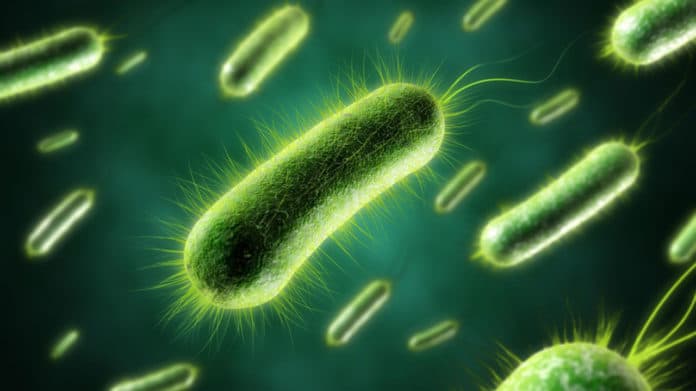Most microbes are rod-shaped cells that increase by multiplying their length and dividing in the center to yield two “daughter cells.” Mechanisms that control these processes in space and time are critical for endurance. The significance of these systems turns out to be much more clear, given how pervasive bacteria are in everyday life, and how pervasive their use is in biotechnology.
Recent studies suggest that mechanical forces govern cell separation. But, how mechanical forces interact with molecular mechanisms to control bacterial cell division in space and time is poorly understood.
In a new study, scientists used a combination of atomic force microscope imaging, nanomechanical mapping, and nanomanipulation to show that enzymatic activity and mechanical forces serve overlapping and essential roles in mycobacterial cell division.
Scientists studied the bacteria that are very similar to the human pathogen that causes tuberculosis. The data demonstrated that mycobacterial cell division requires mechanical forces along with previously distinguished division molecules (enzymes). Before a cell divides, there is a progressive build-up of mechanical stress in the cell wall, right at the point where the cell will divide.
Remarkably, when the scientists physically pressed on the bacteria with an ultra-sharp AFM needle, they caused instantaneous and premature cell division.
Georg Fantner at EPFL said, “The study suggested that bacterial division is not only governed by biology, but also by physics.”
When a bacterial cell divides the two daughter cells, a procedure interceded by enzymes that dissolve the molecular connections between them. The specialists found that this essential process could be bypassed by pushing on the nascent division site utilizing the AFM needle.
John McKinney at EPFL said, “Our work demonstrates that biological enzymes and mechanical forces ‘collaborate’ to bring about the separation of daughter cells in bacterial cell division.”
The study published in the journal Nature Physics.
